Armenian Holidays and Traditions
Traditions are a very important part of every nation. They help to bridge the past with the present. Armenians traditions and customs have a history of centuries. Tradition is a wide concept which is complete with various holidays.
In Armenia, there are many religious and National holidays. The list of many Armenian holidays, both national and religious, comes below. They will take you insight the culture and customs of this small, yet beautiful country.
NEW YEAR
One of the most popular and expected holiday in Armenia is the New Year. Armenians celebrate it for a whole week. Usually, it starts on December 31, on New Year’s Eve. During the week, people visit their relatives, friends, host guests to celebrate the start of the year together and exchange gifts. Tables are loaded with a lot of traditional meals, cookies, and sweets. People keep their doors “open” to welcome new visitors with a smile and an open heart!
In addition, this holiday is very expected by children, because they write letters and send to the Armenian Santa Claus, called Dzmer Papik (literally Winter Grandfather). Santa then brings them whatever they wanted on New Year’s Eve.
CHRISTMAS
Being one of the major religious holidays, Christmas is celebrated by Orthodox Christians all over the world.
During this holiday, Armenians visit churches, pray and also celebrate it together with Epiphany (baptism). After going to the church, families enjoy a traditional Christmas dinner. The main dish is fish and rice prepared with butter, served with red wine. Most of the time Armenians cook rice with raisins and plums.
NATIONAL ARMY DAY
Armenian National Army was created in 1992 in the newly independent Republic of Armenia. January 28th is a special date for the modern history of Armenia. On this day exactly, Armenians all around the world celebrate the day of the Armenian National Army formation.
See also: Armenian flag
SAINT SARGIS
While people all around the world celebrate the day of St. Valentine on February 14, Armenians have their own holiday, called St. Sargis. This holiday is also known as the day of the youth blessing. Just like many other religious holidays, there is no exact date for observing St. Sargis. Armenians celebrate it 63 days before the Easter, on Saturday between the January 18 and February 23.
This holiday is mostly celebrated by young people who believe that St. Sargis is the creator of their destiny.
Young, unmarried people eat salty pies before sleeping. No matter how thirsty they are after eating the salty pies, they cannot drink water. The person that will give them water in their dream, according to the traditional belief, will become their future spouse.
According to the tradition, Sargis was a military commander. He sacrificed his life for Christian faith.
Many people put a plate filled with flour outside their homes for recording the horse of St. Sargis’s riding through that flour. They believe St. Sargis appears on his horse with a very high speed, and the traces he left on the floor bring them luck. People imagine Sargis as a handsome man who appears with a spear, a gold helmet, and gold armor.
TRNDEZ (PURIFICATION)
Armenians celebrate Trndez or Tyarn’ndaraj on February 14th․ They start celebrating it on the evening of 13th. This holiday carries the idea of coming forward to the Lord or God with fire, after 40 days of his birth which, according to Armenians, is on January 6.
In origin, the celebration of this holiday is pagan and is connected with fire/sun worship, which indicates spring and fertility.
On this day, people hold their significant other’s hand and jump over the bonfire. This symbolizes eternal love. The ritual is meant to leave the bad days and events in the past when the couple lands, they are purified.
Not only couples jump over the fire, but also young mothers. That way they are cleansed and are freed from the evil.
WOMEN’S DAY
The international women’s day is very popular among Armenian people. Armenians usually celebrate this holiday with their families, friends and spend a good time at home, cafes or elsewhere. Women get flowers and various presents from their families, friends, colleagues and beloved ones. The streets are full of flowers and bright smiles of our gorgeous women.
DAY OF MATERNITY AND BEAUTY
Like the previous holiday, this one is also for honoring women. Children give gifts and flowers to their mothers or grandmothers. The month of Women – the period from March 8th to April 7th.
Girls and women walking in the streets on those days getting flowers even from the strangers.
EASTER
APRIL
Easter is one of the most expected holidays among Armenians. It starts on Good Friday and lasts through the weekend.
People greeting each other on this day by using the phrase “Christ has arisen”, and the answer is: “Blessed is the resurrection of Christ”.
Easter eggs have the red color, which symbolizes the blood of Christ. Nowadays they appear in different colors. On Easter, you can also taste Cheorek (sweet bread).
There is also a traditional game during this holiday. People hit hard boiled eggs of other players. Then, in the end, the winner gets the eggs of the loser, and then the final winner gets all the eggs. This game is definitely one of the main reasons why children like this holiday.
PALM SUNDAY
Armenians celebrate Palm Sunday one week before Easter. The major part of the ceremony is devoted to the awakening of spring. Palm Sunday is also a holiday for young people. During this holiday, people wear wreaths made of willow branches on their heads.
COMMEMORATION DAY OF THE GENOCIDE VICTIMS
All Armenians in the world honor the memory of the 1.5 million victims that were killed during the 1915 Genocide every year. This day is the day to face and remember the historical past as well demand justice for the new generation.
In Yerevan, hundreds of thousands of people walk to the Tsitsernakaberd Genocide Memorial in order to lay flowers at the eternal flame.
HAMBARDZUM (ASCENSION DAY)
Ascension Day is a religious holiday. It is the holiday of love and enjoyment, therefore people celebrate it outdoors, usually in the blossom of May (40 days after Easter). People believe that this is also a night of miracles.
In old times, young girls on this day were allowed to walk freely in the fields, singing songs, getting to know more people, and often becoming decisive and determined in their lives.
VICTORY AND PEACE DAY AND SHUSHI LIBERATION DAY
Different countries celebrate the victory of the World War II and the memorial for its dead on different days in different countries. Armenians celebrate it on May 9th.
On May 8, 1992, Armenian military forces liberated Shushi from Azerbaijani forces. This was a very important milestone in Artsakh war for the Republic of Armenia which was newly created.
On this day the military forces of Armenia and the heroes of WW II march through the Republic Square.
DAY OF THE FIRST REPUBLIC
In 1918 the Republic of Armenia restored its statehood after half a millennium of lost sovereignty. This is a national holiday the celebration of which marks the beginning of the newly independent Armenia.
JULY 5
Armenians adopted through a national referendum on July 5, 1995, the Constitution of the third (current) Republic of Armenia. Therefore this day became one of the Armenian national holidays.
VARDAVAR – THE FEAST OF WATER (TRANSFIGURATION)
Vardavar is the major summer holiday and people celebrate it 98 days after Easter. This is probably the most expected holiday. Mostly children and young people are excited about it.
One of the main parts of this holiday is the ceremony of making the pigeons fly. The most interesting and fun part is pouring water on each other. Thus, no matter the age and the gender, people spill water on each other all day long. Friends or strangers, young or old, everyone feels happy and excited. What’s more, people take everything easy. This is a joyful holiday. It seems as if the whole country is your family.
INDEPENDENCE DAY
In 1991, a national referendum was held in Armenia on secession from the Soviet Union.
According to the results , the third and independent Republic of Armenia was created. Since then, September 21st has been a public holiday to celebrate the event of national significance.
Traditionally, there is no particular way of celebrating this day. However, in other countries where are Armenian communities, they tend to get together inviting their friends for celebrating their independence day.
DAY OF REMEMBRANCE OF VICTIMS OF THE 1988 EARTHQUAKE
In 1988, there was a 6.9 magnitude earthquake in an Armenian city, Spitak. As a tragic result, thousands of people died. Thousands more got injuries and hundreds of thousands became homeless. The earthquake destroyed most of the Republic’s infrastructure as well.
Therefore, to remember this tragedy and to express condolences, this date became one of the Armenian holidays. December 7th still remains the day of remembrance of victims for every Armenian in the world. That devastating earthquake in 1988 killed thousands of people. Thus, it also destroyed most of the Republic’s infrastructure.
GRAPE BLESSING DAY
AUGUST
Armenians celebrate the Grape Blessing Day during August, the end of the summer and also the beginning of harvest. Of the big variety of produce, grapes had a special place of honor. The “first fruits” (grapes) were the first produce of harvest. Armenians celebrate the blessing of grapes on a major feast day of “Assumption of the St. Mary”.




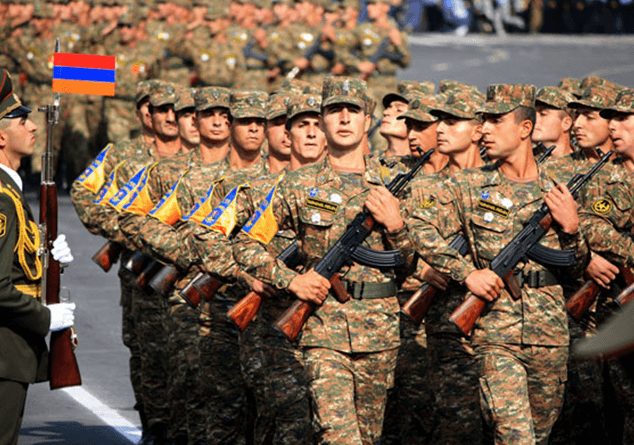
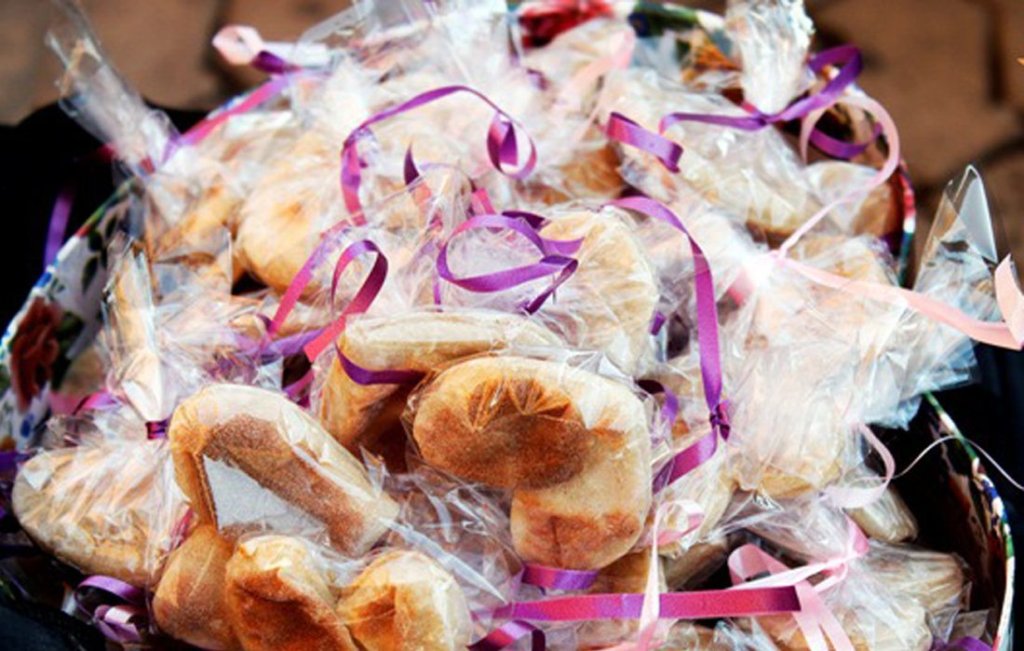
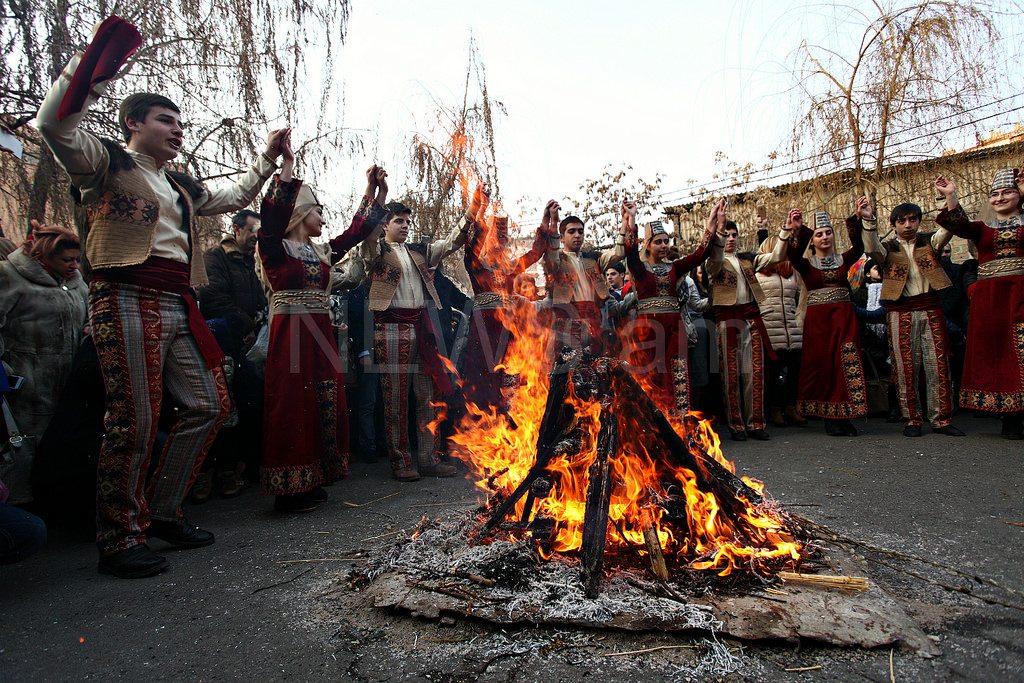
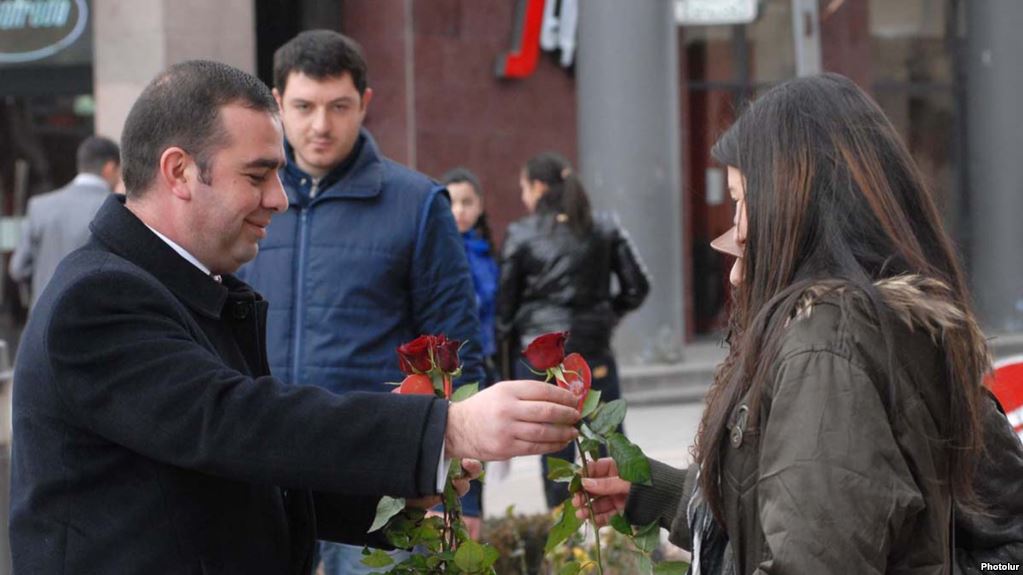
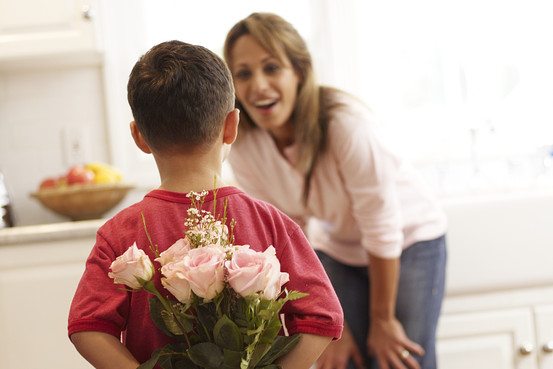
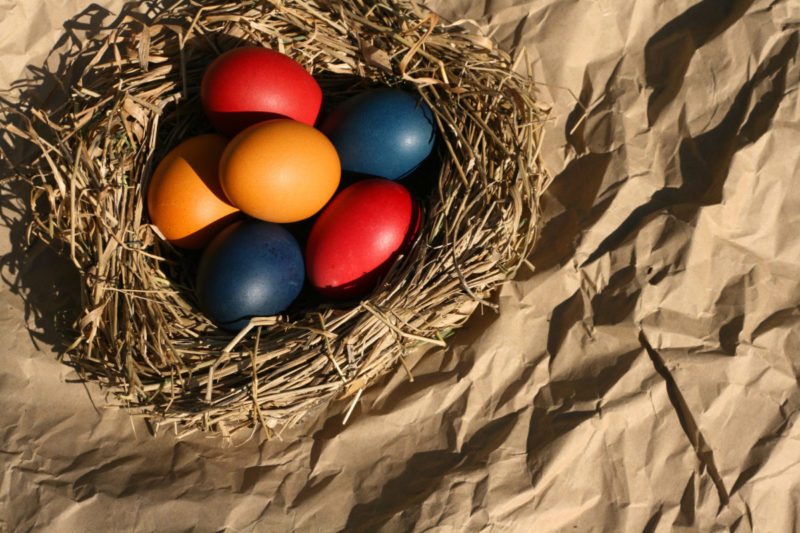
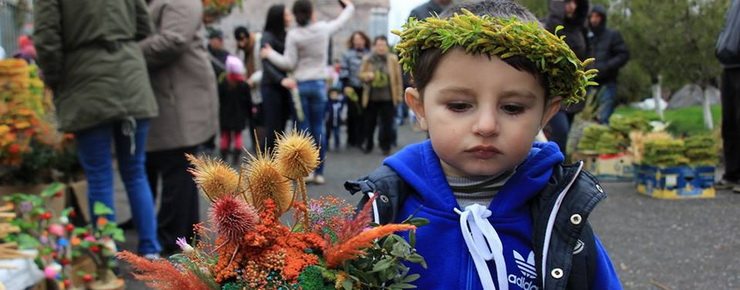
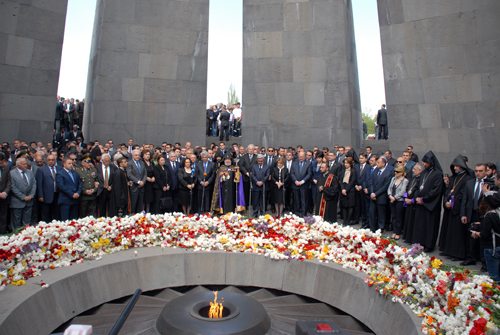
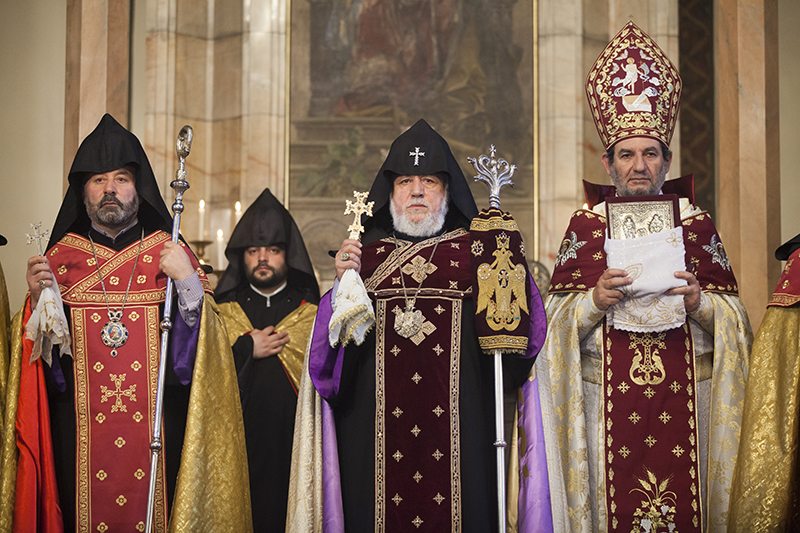
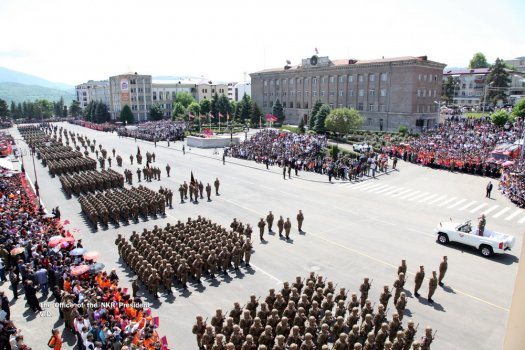
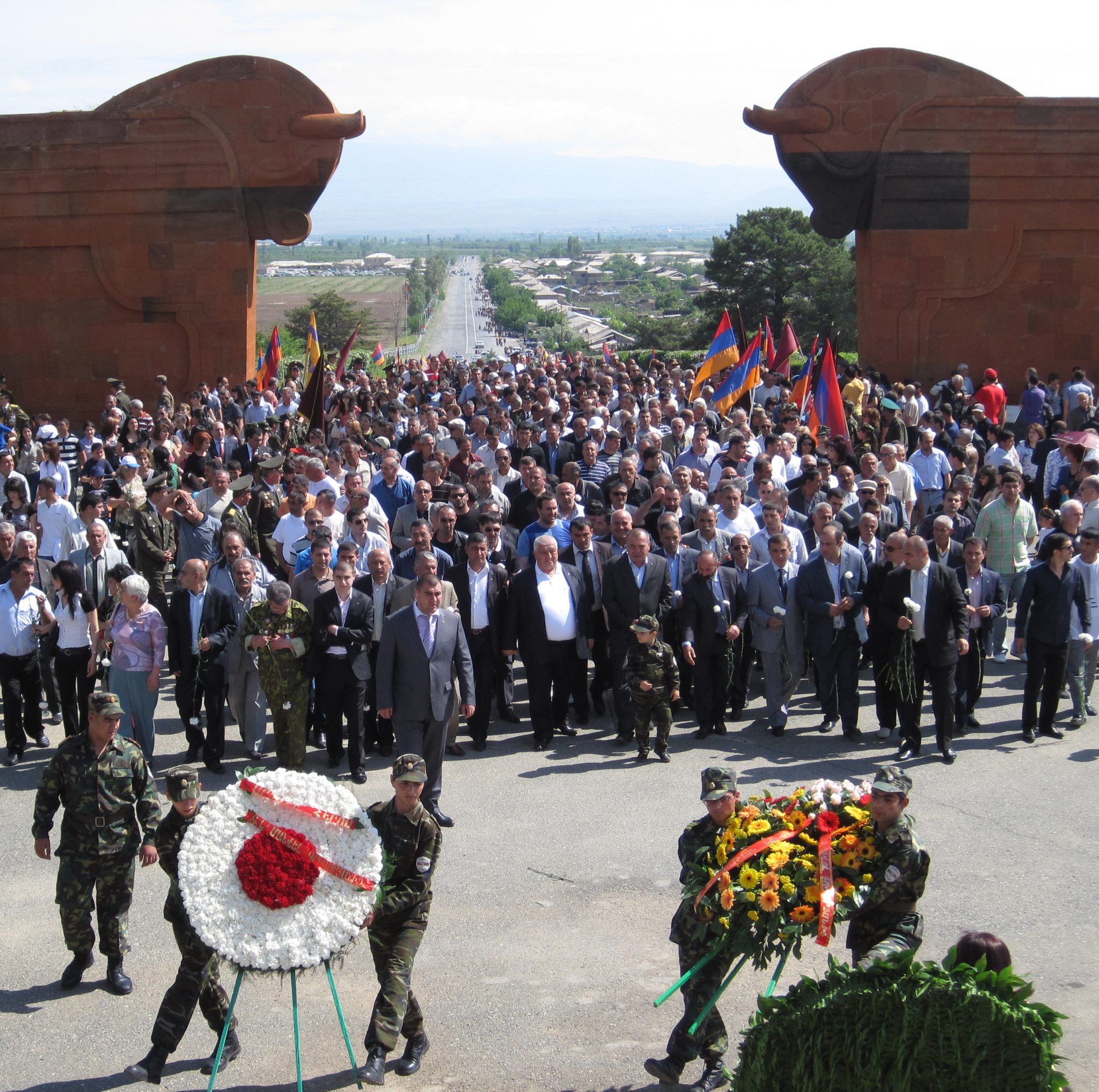
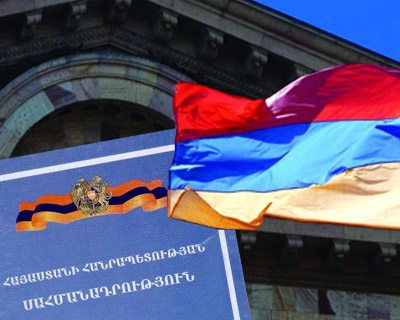

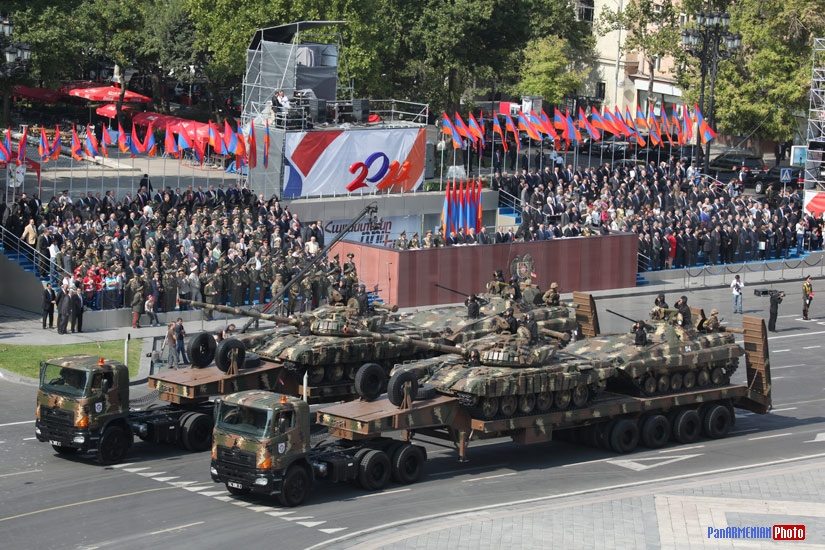
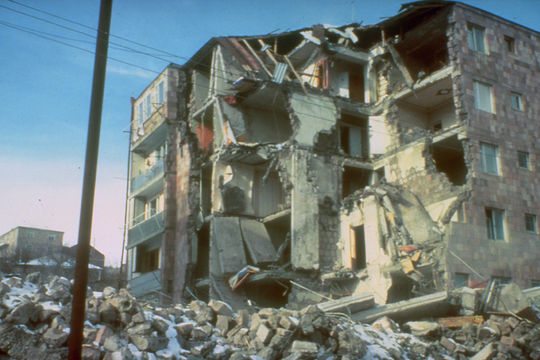
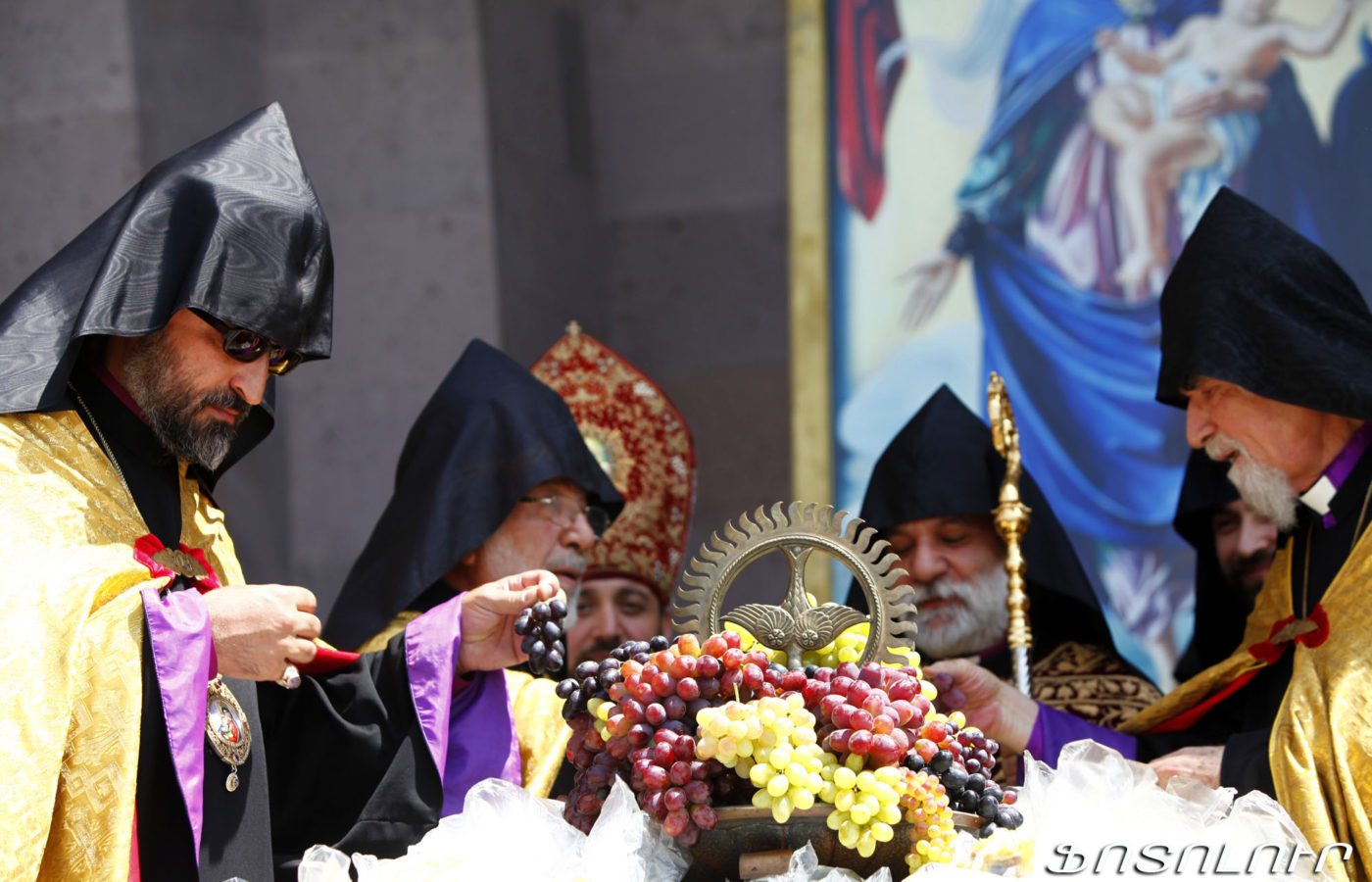





Leave a Comment